Juno Flew Just 3860 km From Jupiter and Sent Interesting Photos
Juno was preparing months ago for its first close flyby of Jupiter, which is now successfully done. It got close at a distance of 3860 km, from the top of the orbit (8.1 mil. Km from the planet).
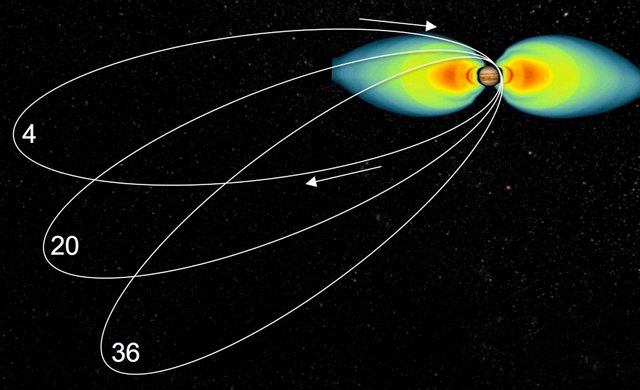
Juno’s polar orbit starts out skimming shallowly through the magnetosphere, but makes deeper and deeper dives. Image: NASA/Caltech/JPL [http://www.extremetech.com]
Juno must withstand extreme electromagnetic influences, mainly form hydrogen in the state of liquid metal, especially in the area of the equator. Now, the probe flew through Jupiter's powerful magnetosphere only once in a two long months, but later it will plunge into the regular 14 days cycle for a year and a half. Jupiter's radiation belts while back about 640.000 km above the surface, so they flip Juno simply must, and it is equally clear that sooner or later will their influence be destroyed. With that, of course, already anticipated in advance, as well as ionizing radiation, so Juno is equipped with a powerful electromagnetic shielding and most electronics are enclosed in a centimeter thick titanium "Radiation mailbox." Juna radiant coat is made of metal foil and also acts as a Faraday cage, all cables are enclosed in a metal shield, and that it was all insured, the most important parts are doubled. Do not be seen, however, how it will react sensitive electronic memory and other sensitive components.
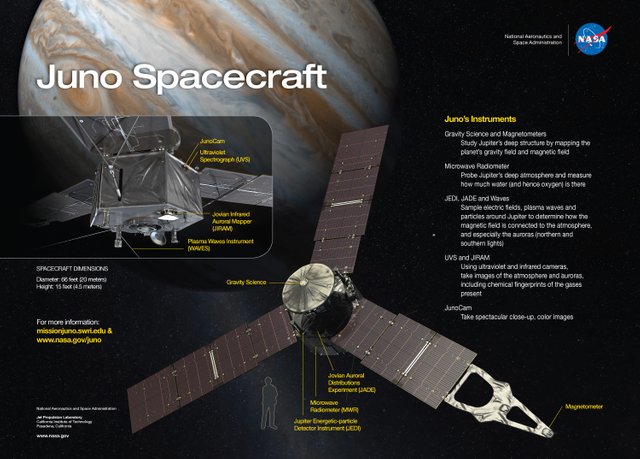
Juno Space Craft [http://www.extremetech.com]
NASA hopes to complete at least 36 Juno orbits before Jupiter radiation destroys some vital part. Radiometer instrument itself probably last only eleven orbits, and JunoCam, whose photographs are very much looking forward, it could wrap up after eight orbits. The probe should then be the last of its forces instructed on a collision course with Jupiter, in which it burns, because NASA don't want to risk crash into the moon Europa and contaminate it with microbes from Earth.
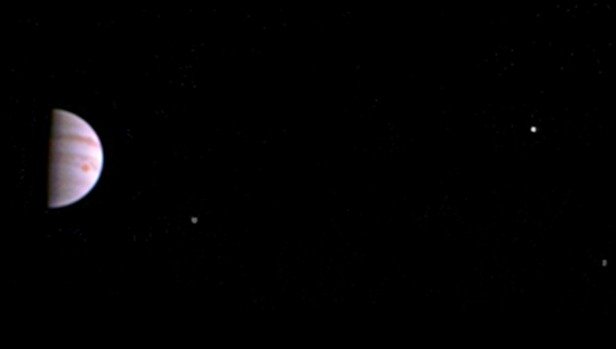
Jupiter and his moons [http://www.svethardware.cz]
Now Juno is on the road again to apojoviu, which should be reached in a month and then it will reach a much shorter orbit that will only last about 14 days. The first was a near miss while extremely dangerous, as the probe to Jupiter came very close and directly plunged into his strong radiation belts. It went very close but it gets much closer during the next short passes. Now it was 3860 km, next will be well below 2000 km.
In what condition is it now? According to Scott Bolton Team Juno probe is completely fine and sent to Earth a number of very interesting data that is waiting to be processed. The actual sending of the data collected at the close flyby takes days, with the initial batch was about six megabytes. Enjoy the most detailed images of Jupiter's atmosphere and also a close look at its poles. Astronomers hopes that they can find out more about the poles themselves with tools JEDI and JADE, and how the magnetic field affects the planet's atmosphere. Further, it will also examine the internal structure of Jupiter, including whether it ever has or does not have a core.
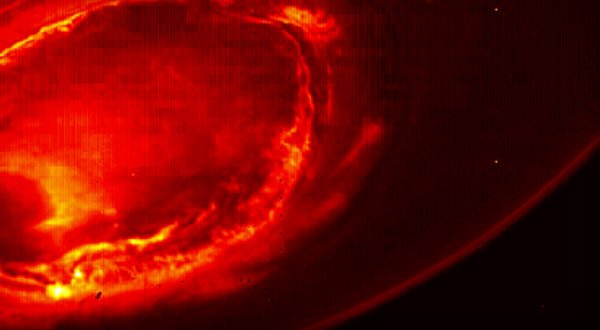
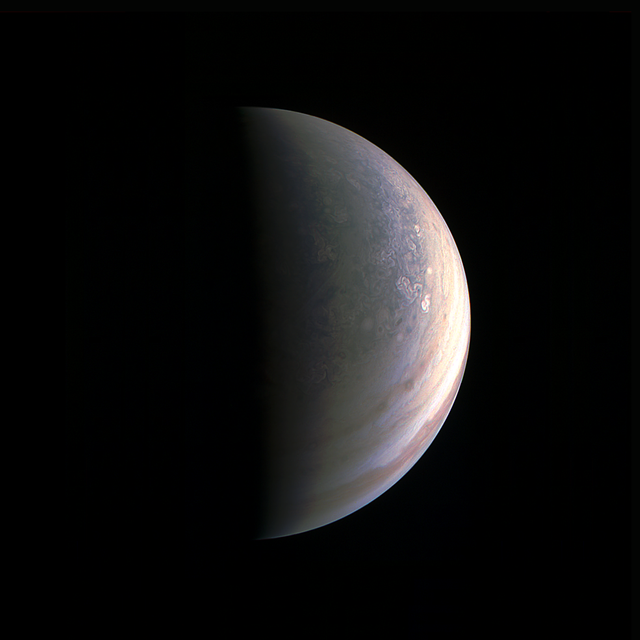
Photos from JunoCam [http://www.svethardware.cz/]
Looking forward for new interesting photos we can share.